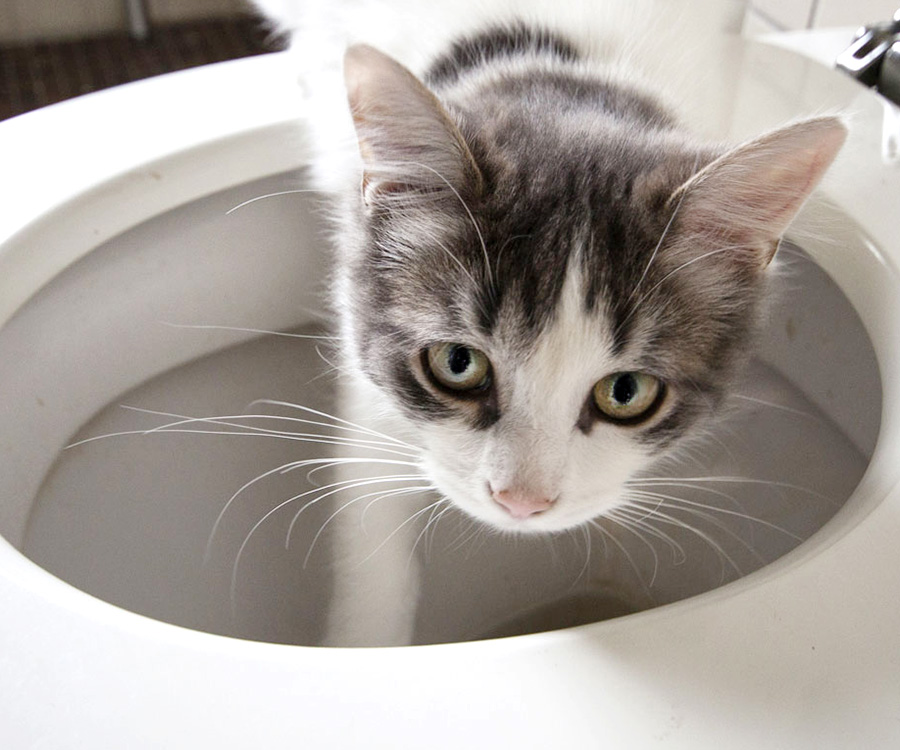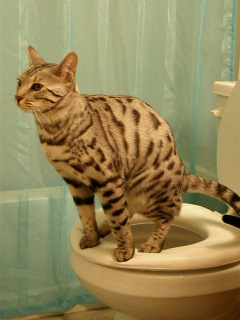An Threats of Animal Waste in the Toilet
An Threats of Animal Waste in the Toilet
Blog Article
How do you really feel when it comes to 10 Things You Should Never Flush Down The Toilet?

When it pertains to taking care of waste, particularly animal waste, many individuals frequently resort to the hassle-free alternative of flushing it down the toilet. Nevertheless, this apparently easy solution can have serious effects for the atmosphere and public health. In this short article, we'll discover why flushing pet waste down the bathroom is a poor concept and provide alternative methods for correct disposal.
Introduction
Appropriate waste disposal is important for preserving environmental sustainability and public health. While it might appear harmless to flush animal waste down the commode, it can lead to various problems, both for the atmosphere and human health.
Dangers of flushing pet waste
Environmental influence
Purging animal waste introduces damaging bacteria and microorganisms right into rivers, which can negatively affect marine ecological communities. These microorganisms can contaminate water resources and injury aquatic life, disrupting delicate ecological communities.
Public health problems
Animal waste contains unsafe germs such as E. coli and Salmonella, which can posture severe health and wellness risks to humans. Purging pet waste down the commode can contaminate water materials, bring about the spread of diseases and infections.
Alternatives to flushing
Rather than flushing animal waste down the commode, there are numerous different disposal techniques that are extra eco-friendly and hygienic.
Composting
Composting pet waste is an eco-friendly way to dispose of it. By composting, raw material is broken down right into nutrient-rich soil, which can be used to feed yards and plants.
Landfill disposal
Getting rid of pet waste in a garbage dump is another alternative. While not as environmentally friendly as composting, it is a much safer option to flushing, as it protects against the contamination of water sources.
Pet dog garbage disposal systems
There are customized pet dog waste disposal systems available that securely and hygienically take care of pet waste. These systems commonly use enzymes to break down waste and remove smells.
Actions to appropriate animal garbage disposal
To make sure proper disposal of pet waste, comply with these steps:
Scooping and nabbing waste
Regularly scoop and bag animal waste utilizing naturally degradable bags. This protects against waste from infecting the setting.
Making use of marked waste containers
Dispose of bagged animal waste in designated waste containers, such as compost bins or landfill containers. Avoid flushing it down the toilet in any way prices.
Cleansing litter boxes and pet areas on a regular basis
Regularly clean can and animal locations to prevent the accumulation of waste and germs. Use pet-safe cleaning items to preserve health.
Benefits of proper disposal approaches
Embracing appropriate disposal approaches for animal waste offers numerous benefits:
Reduced environmental pollution
Proper disposal approaches lower the danger of environmental pollution, protecting rivers and ecological communities from contamination
Minimized risk of water contamination.
By staying clear of flushing animal waste down the bathroom, the risk of water contamination is considerably minimized, guarding public health.
Enhanced sanitation and hygiene
Proper disposal methods advertise much better sanitation and health, creating a much safer atmosphere for both people and pets.
Final thought
Finally, purging animal waste down the commode is unsafe to the environment and public health. By adopting alternate disposal methods and complying with proper waste management techniques, we can minimize the negative influence of animal waste and contribute to a cleaner, healthier earth.
What To Do With Dog Poo – The Do's And Don'ts Of Disposing Of Faeces
Dog poo bins
Some councils provide dedicated dog waste bins in popular dog-walking areas that can take dog poo that has been bagged but you can legally dispose of dog waste in any public litter bin, as long as it is securely bagged. This also applies to your wheelie bin at home.
Do not flush
Water companies do not recommend flushing dog faeces down the toilet because certain parasites can survive the water processing treatment and are potentially harmful to humans. You should also never consider flushing dog poo that has been bagged down the toilet as the bags will not break down and instead create severe blockages in the sewage system.
In the woods
The Forestry Commission promotes a ‘stick and flick’ method for dealing with waste in the woods. This means finding a stick and using it to flick any poo from off the path so that it is out of the way of other walkers. You could also bury it as long as it is not in an area where there might be livestock.
Livestock
Parasites found in dog poo can be transmitted to livestock if they inadvertently eat infected faeces that has been left on grazing land. This could result in the death of sheep or abortion in cattle so you should always make sure you pick up your dog’s waste in fields where livestock could be present.

Regularly clean can and animal locations to prevent the accumulation of waste and germs. Use pet-safe cleaning items to preserve health.
Benefits of proper disposal approaches
Embracing appropriate disposal approaches for animal waste offers numerous benefits:
Reduced environmental pollution
Proper disposal approaches lower the danger of environmental pollution, protecting rivers and ecological communities from contamination
Minimized risk of water contamination.
By staying clear of flushing animal waste down the bathroom, the risk of water contamination is considerably minimized, guarding public health.
Enhanced sanitation and hygiene
Proper disposal methods advertise much better sanitation and health, creating a much safer atmosphere for both people and pets.
Final thought
Finally, purging animal waste down the commode is unsafe to the environment and public health. By adopting alternate disposal methods and complying with proper waste management techniques, we can minimize the negative influence of animal waste and contribute to a cleaner, healthier earth.
What To Do With Dog Poo – The Do's And Don'ts Of Disposing Of Faeces
Dog poo bins
Some councils provide dedicated dog waste bins in popular dog-walking areas that can take dog poo that has been bagged but you can legally dispose of dog waste in any public litter bin, as long as it is securely bagged. This also applies to your wheelie bin at home.
Do not flush
Water companies do not recommend flushing dog faeces down the toilet because certain parasites can survive the water processing treatment and are potentially harmful to humans. You should also never consider flushing dog poo that has been bagged down the toilet as the bags will not break down and instead create severe blockages in the sewage system.
In the woods
The Forestry Commission promotes a ‘stick and flick’ method for dealing with waste in the woods. This means finding a stick and using it to flick any poo from off the path so that it is out of the way of other walkers. You could also bury it as long as it is not in an area where there might be livestock.
Livestock
Parasites found in dog poo can be transmitted to livestock if they inadvertently eat infected faeces that has been left on grazing land. This could result in the death of sheep or abortion in cattle so you should always make sure you pick up your dog’s waste in fields where livestock could be present.

I'm very enthusiastic about 4 Reasons Why Dog Poop Cleanup is Important and I'm hoping you enjoyed the new page. For those who enjoyed our article kindly make sure you remember to share it. We thank you for reading our article about .
Call Report this page